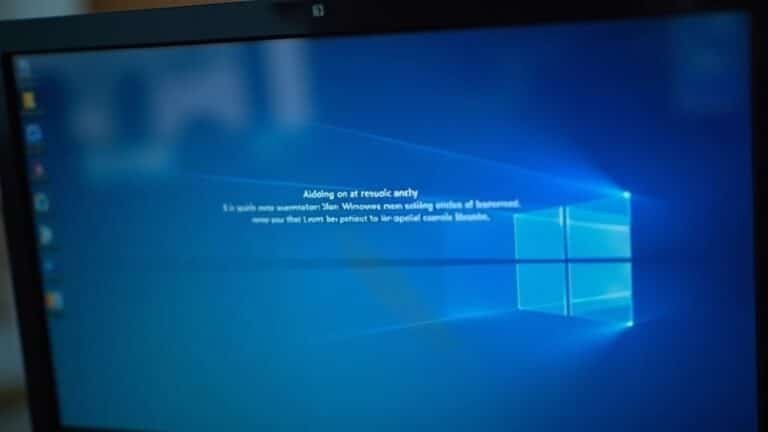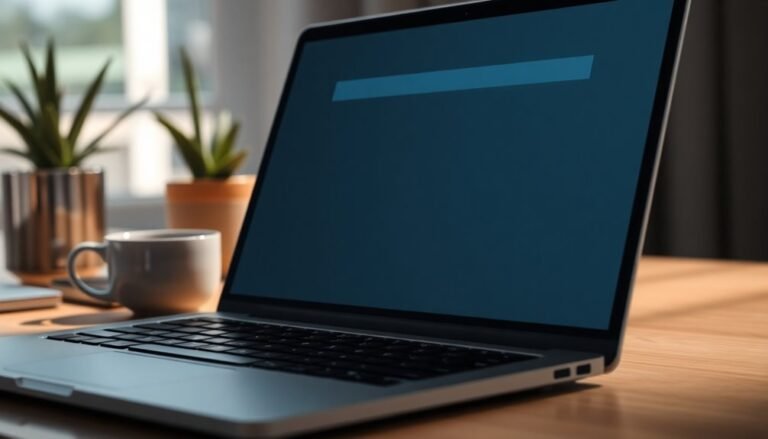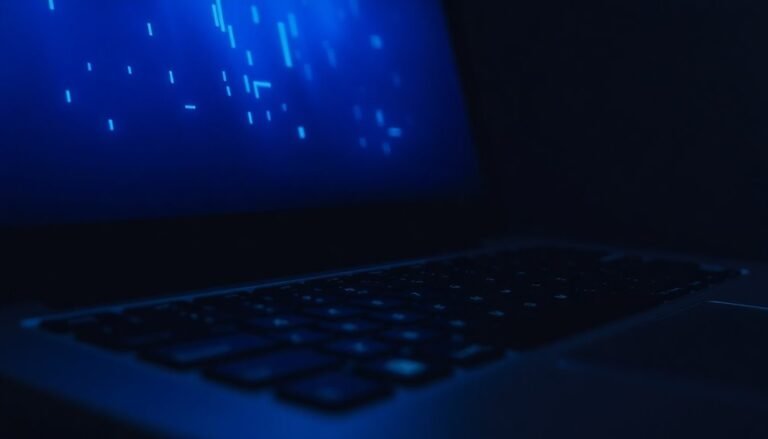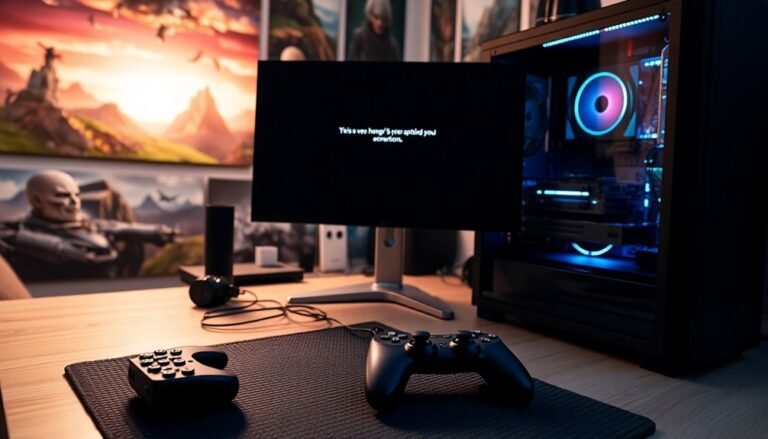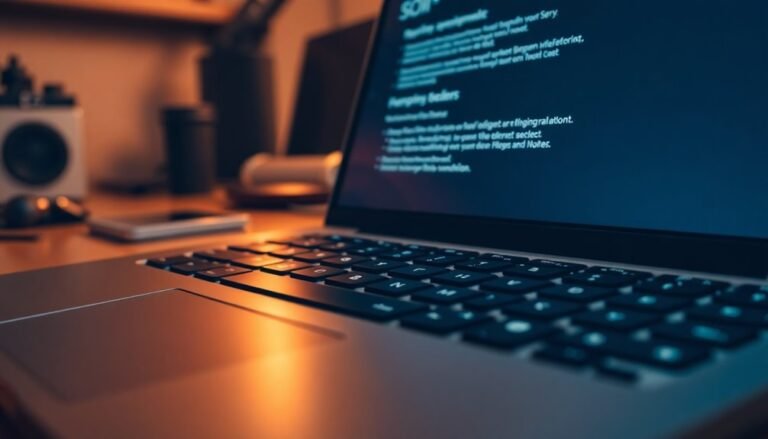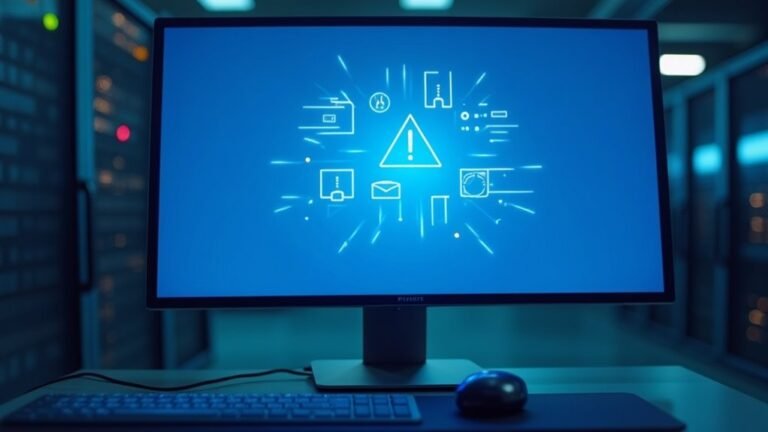Windows Can’t Read Disc Drive D Error: Fix Optical Drive Problems
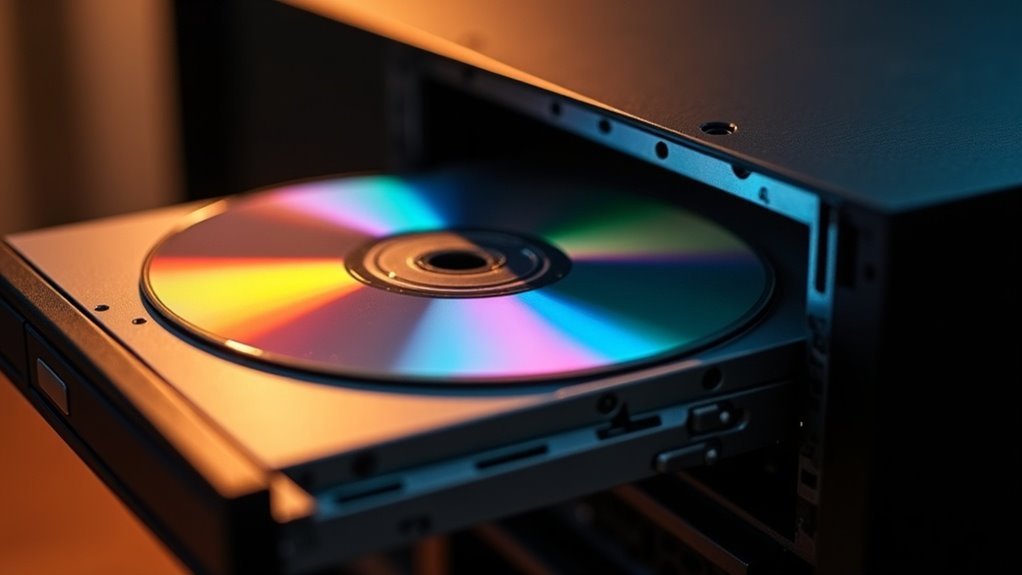
If Windows can’t read your Disc Drive D, start by checking the cables and cleaning the drive lens. Also, try using a different disc to rule out disc-related issues.
Next, open Device Manager to update, uninstall, and reinstall the drive’s drivers. After making changes, restart your PC to see if the problem is resolved.
If the drive is missing or shows errors, carefully edit the registry to delete the “UpperFilters” and “LowerFilters” entries. Be cautious when modifying the registry to avoid further issues.
Persistent problems may indicate hardware failure or the need to replace the drive. Below, you’ll find detailed steps for more advanced troubleshooting solutions.
Common Causes of Optical Drive Errors in Windows
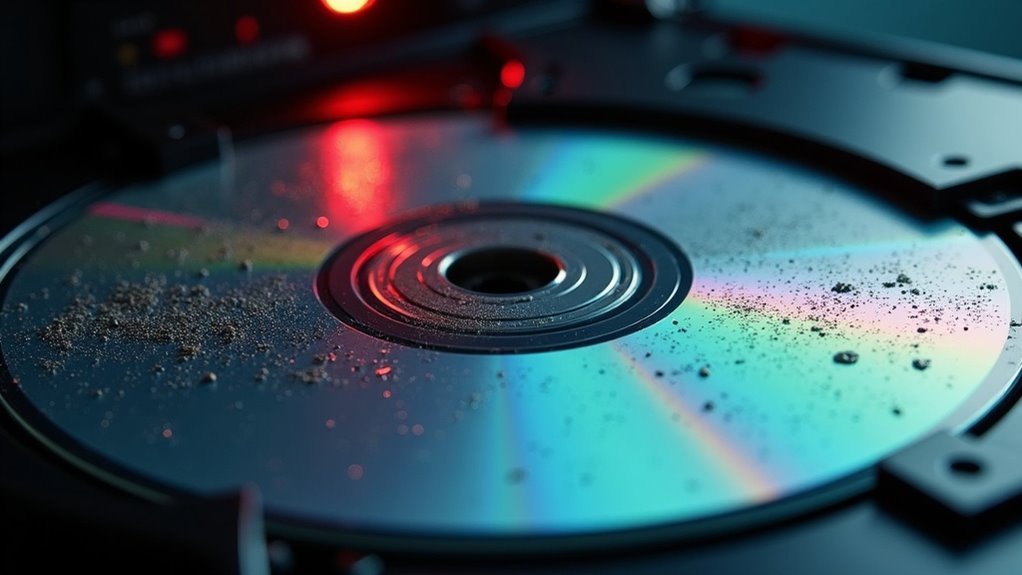
Optical drive errors in Windows can stem from various hardware, software, and environmental issues. To troubleshoot effectively, start by examining the disc and drive. Dirt, dust, scratches, or worn laser components can prevent your optical drive from reading or writing discs properly.
If some discs work while others don’t, the drive’s laser for that specific disc format might be damaged or incompatible. Problems with the tray or motor can also cause discs to fail to load or spin correctly. Additionally, check the drive’s data and power cables for any looseness or damage, as faulty connections often lead to errors. High-quality discs are often made in Japan or Singapore, so using discs from reliable sources can reduce the chance of compatibility and read errors.
Software problems are another common cause of optical drive errors in Windows. Missing, outdated, or corrupted drivers can prevent your system from detecting the drive correctly. Installing or uninstalling disc burning software may disrupt driver settings or corrupt Windows registry entries, resulting in error codes.
Ensuring your firmware is up-to-date and that you’re using supported disc formats is crucial for optimal performance.
Environmental factors such as power fluctuations, excessive heat, or using poor-quality discs can also cause intermittent or persistent optical drive issues.
To resolve these errors, systematically address each factor: clean the drive and discs, verify cables, update drivers and firmware, and use high-quality media. Following these steps will help you fix common optical drive problems in Windows and maintain smooth operation.
Diagnosing Drive Problems Using Device Manager
How to Diagnose and Fix Drive Problems Using Device Manager
- Enable or disable the drive in Device Manager: If you see the option “Enable device,” click it to reactivate your drive and restore access.
- Uninstall and reinstall drive drivers: Remove the problematic drive from Device Manager, then restart your PC to allow Windows to automatically reinstall the latest drivers.
- Update drive drivers for better performance: Use Device Manager to check for and install updated drivers, resolving compatibility and functionality issues.
- Troubleshoot missing or undetected drives: If your drive doesn’t appear in Device Manager, run the Windows Hardware Troubleshooter or verify BIOS settings to ensure the drive is properly connected and recognized. Keeping BIOS, Windows, and drivers updated is essential for optimal performance and can resolve issues where the device is not detected.
Using Device Manager step-by-step helps quickly identify and resolve hardware and driver-related drive problems on Windows PCs.
Follow these expert tips to keep your drives running smoothly.
Fixing Registry Issues to Restore Drive Functionality
Fix Registry Errors to Restore Your Optical Drive Functionality in Windows
Optical drive issues are often caused by device driver problems, but corrupted Windows registry entries can also make your drive disappear or stop working. To fix this, start by backing up your registry to prevent any irreversible damage.
Then, open the Registry Editor with administrator privileges and navigate to the following path:
`HKEY_LOCAL_MACHINESYSTEMCurrentControlSetControlClass{4D36E965-E325-11CE-BFC1-08002BE10318}`
Look for the values named “UpperFilters” and “LowerFilters.” If these values exist, delete them, as they commonly cause optical drive recognition failures. After deleting, restart your PC so Windows can rebuild the necessary registry entries and restore drive functionality.
For Windows Vista through early versions of Windows 10, additional steps may be required. Navigate to:
`HKEY_LOCAL_MACHINESYSTEMCurrentControlSetServicesatapi`
Check if a key named “Controller0” exists. If not, create it, then add a new DWORD value called “EnumDevice1” and set its value to 1. This setting enables your system to detect the optical drive properly.
Always perform these registry edits using administrator rights to avoid permission issues.
If your optical drive still doesn’t work after these fixes, try uninstalling any related optical drive software, clear your system’s temporary files, and then reinstall the software. Finally, reboot your computer and verify that your optical drive has been successfully restored.
Additional Troubleshooting Methods for Disc Read Errors
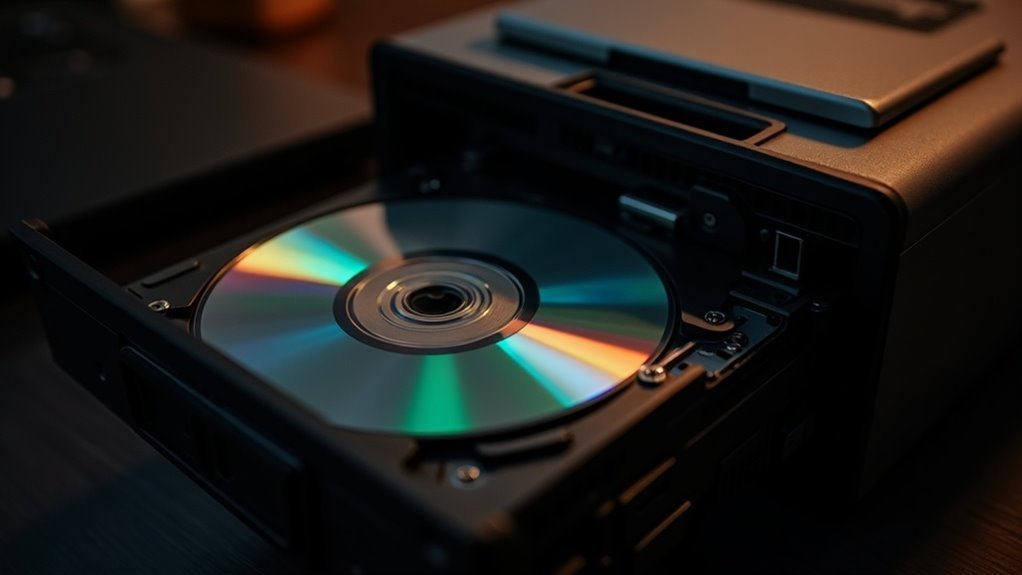
How to Fix Disc Read Errors: Effective Troubleshooting Tips for Optical Drives
If you’re experiencing disc read errors even after fixing registry issues, hardware or configuration problems might be the cause. To troubleshoot and resolve these disc read errors effectively, follow these step-by-step methods to test your optical drive’s connections, settings, and components.
1. Check and Reseat SATA and Data Cables****
Start by inspecting your SATA and data cables. Disconnect them carefully, clean the connectors to remove dust or debris, and firmly reseat or replace the cables with known-good ones. Faulty or loose cables are a common reason for disc read errors.
2. Run Windows Disk and Boot Repair Utilities
Use Windows built-in tools like CHKDSK to scan and repair file system issues that could prevent discs from reading properly. Additionally, run boot sector repair commands (such as fixing the Master Boot Record or MBR) to address boot-related problems that might interfere with disc access.
3. Perform Surface Tests for Bad Sectors****
Bad sectors on your optical disc or drive can cause read errors. Utilize reputable third-party surface scan tools to check for and isolate bad sectors, helping you identify if the physical media or drive is failing.
4. Update Drive Firmware and Windows Drivers****
Outdated firmware or drivers may lead to compatibility and performance issues. Visit your optical drive manufacturer’s website to download the latest firmware updates and ensure your Windows device drivers are current.
By systematically applying these troubleshooting techniques, you can effectively fix disc read errors and restore proper functioning to your optical drive.
Summary of Steps to Fix Disc Read Errors:
- Reseat or replace SATA/data cables and clean connectors to ensure solid connections.
- Run CHKDSK and boot sector repair utilities to fix file system and boot issues.
- Use surface scan tools to detect bad sectors on discs or drives.
- Update optical drive firmware and Windows drivers for optimal compatibility.
Implementing these solutions should help resolve disc read errors and enhance your computer’s optical drive performance. For more troubleshooting guides, keep exploring our expert tips and tutorials.
How to Recognize and Resolve Hardware Failures
How to Identify and Fix Optical Drive Hardware Failures
Are you experiencing problems with your optical drive? Knowing whether the issue is due to hardware failure or software/configuration glitches is crucial for effective troubleshooting.
Common signs of hardware failure in optical drives include read errors on multiple discs, difficulty ejecting discs, unusual noises, or the drive disappearing from BIOS or Device Manager.
To diagnose the problem, start by restarting your PC and checking if the optical drive appears in BIOS. If it doesn’t, power down your computer and inspect the power and data cables to ensure they’re securely connected and free from damage.
You can also try manually ejecting the disc using the small pinhole on the drive’s front panel.
If the drive shows up in Device Manager with a yellow exclamation mark or error codes such as 19, 31, 32, 39, or 41, uninstall and reinstall the device drivers.
Running the Windows Hardware and Devices troubleshooter can also help resolve software-related issues.
Dust buildup can cause read/write errors, so clean the lens carefully using a proper optical drive cleaning kit.
However, if problems persist or you notice mechanical defects, it’s advisable to replace the optical drive to avoid further disruptions.
By following these steps, you can effectively recognize and resolve optical drive hardware failures, ensuring your PC’s optical media functions smoothly.
For more tips on diagnosing and fixing hardware issues, stay tuned to our tech troubleshooting guides.
Frequently Asked Questions
Can Windows Updates Cause My Optical Drive to Stop Working?
Yes, Windows updates can cause your optical drive to stop working. You should check Device Manager, update or reinstall the drive’s drivers, and consider rolling back recent updates if the problem started after installing the latest Windows updates.
Are External USB Optical Drives Affected by the Same Errors?
Yes, you can encounter similar errors with external USB optical drives. Update or reinstall drivers, connect the drive directly to your computer, test different USB ports, and check for OS updates to resolve recognition or functionality issues.
How Do I Back up My Data if the Drive Won’T Read Discs?
If your drive won’t read discs, first try an external USB drive. If that fails, use specialized recovery software, create disc images of readable sectors, or consult professional data recovery services to safeguard your important files.
Will Reinstalling Windows Fix Persistent Optical Drive Issues?
Reinstalling Windows can fix software or driver issues with your optical drive, but it won’t resolve hardware failures. Before reinstalling, try updating drivers, checking BIOS, and reseating connections. If issues persist, consider hardware diagnostics or replacement.
Can Third-Party Antivirus Software Interfere With Disc Drive Functionality?
Have you noticed disc drive issues after installing security software? Yes, third-party antivirus can interfere by locking files, hogging resources, or restricting access. To resolve this, adjust permissions, configure exclusions for your drive, or temporarily disable real-time scanning.
Conclusion
By following these steps, you’ll tackle most optical drive issues in Windows efficiently. Did you know that nearly 30% of reported drive problems stem from outdated or corrupted drivers? With Device Manager and registry fixes, you’ve got the tools to restore your drive’s functionality. If these solutions don’t work, consider hardware replacement. By staying methodical and proactive, you can resolve most disc drive errors and keep your system running smoothly without unnecessary downtime.
